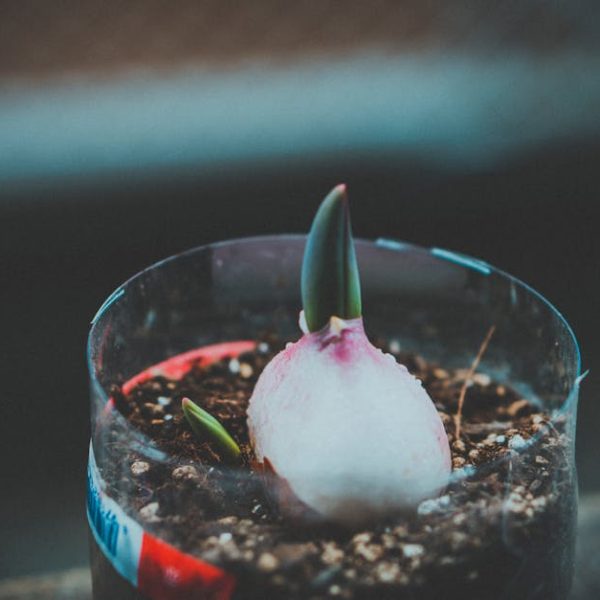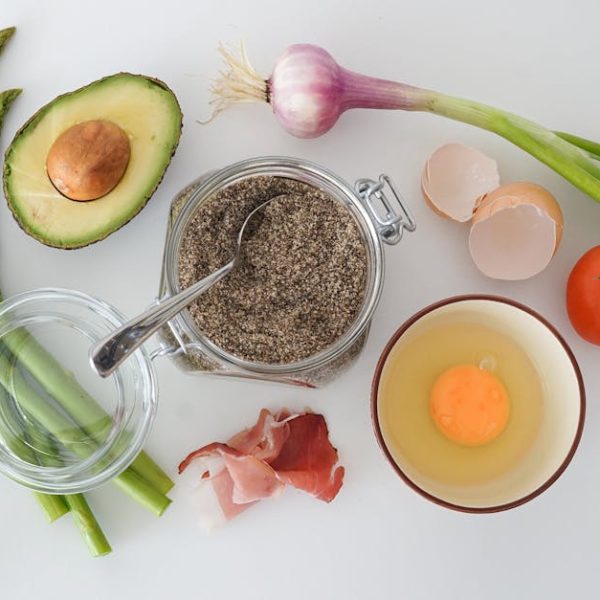Proper storage of your precious lettuce heads and leaves can result into a supply of fresh and crisp greenery for days or even weeks. Let’s dive into the first five clever methods to maintain the crispness and freshness of your lettuce.
1. The Paper Towel Technique
The humble paper towel is your secret weapon in preserving lettuce freshness. This method revolves around wrapping your lettuce in a paper towel to absorb excess moisture. Excess moisture accelerates rotting, so this technique effectively slows the deterioration process. However, it is important to monitor the dampness of the towel and change it whenever necessary to prevent your lettuce from soggifying.
✅ Pro tip: After washing and drying the lettuce, wrap it loosely in a paper towel. Then, place it in a plastic bag and seal, leaving a small area open to allow for some airflow.
2. The Plastic Bag Method
The plastic bag method is another straightforward way to store lettuce. The key here is to release as much air as possible from the bag before sealing it. Less air means less oxidation, which consequently prolongs freshness.
However, there’s a potential downsde: plastic waste. For an environmentally responsible approach, consider using resealable and reusable bags.
Pros Cons
| Convenience | Potential Plastic Waste |
|---|---|
| Long Shelf-Life | Requires More Space in the Fridge |
3. The Glass Jar Solution
If you’re looking for a green and effective method, the glass jar solution is perfect. Store your lettuce in a glass jar with a tight lid. This keeps out excess moisture and retains the lettuce’s crispness. An additional paper towel placed inside the jar can help to capture any remaining moisture.
✅ Pro tip: Examine the lettuce leaf edges after a week of storage. Compare this with another method to gauge the effectiveness of the glass jar solution.
4. The Water Immersion Technique
The water immersion technique involves storing your lettuce in a water-filled container. The water helps to maintain the lettuce’s freshness by preserving its moisture levels.
✅ Step-by-step Guide:
- Fill a container with fresh, cool water.
- Fully immerse your lettuce.
- Store the container in the fridge.
Don’t forget to change the water every day and to ensure the container is tightly sealed to reduce the risk of contamination.
5. Plastic Container with Damp Cloth
Storing lettuce in a plastic container lined with a damp cloth is another effective method. The cloth maintains the right level of moisture inside the container, preventing the lettuce from drying out prematurely.
On the down side, the cloth needs dampening every two days, which could be inconvenient for those with a busy schedule. Additionally, it’s best to use a cloth that doesn’t shed fibers that could stick to the lettuce.
Pros Cons
| Easy to Use | Cloth Needs Regular Wetting |
|---|---|
| Conserves Fridge Space | Requires a Cloth that Doesn’t Shed Fibres |
6. Using a Salad Spinner
A salad spinner can double up as a storage tool for your lettuce. After washing, spin the lettuce to remove excess water. The inbuilt colander not only allows water to drain but also lets air circulate and prevents the lettuce from sitting in residual water.
Comparison: Lettuce stored in a salad spinner remains fresh for about a week, which is longer compared to just being left in the fridge.
✅ Best Practice: Leave your lettuce in the salad spinner itself. Its design allows air to circulate, keeping your lettuce fresh for longer.
7. Using a Produce Keeper
Consider investing in a produce keeper, a versatile storage tool specifically designed for fresh produce. Its design, often including an air vent system and a built-in base for draining, creates an ideal environment for storing lettuce.
✅ Checklist:
- Rinse lettuce and drain excess water
- Place lettuce in the produce keeper
- Set the vent system according to guidelines
While a produce keeper is an effective tool, it requires sufficient storage space and may be an additional cost compared to using available household items.
Pros Cons
| Built for Fresh Produce | Needs Adequate Space |
|---|---|
| Adjustable Vents | Costlier than other Methods |
8. Vegetable Crisper Drawer in the Fridge
The vegetable crisper drawer in your fridge is designed to maintain the humidity levels optimal for fresh produce, making it an efficient space for storing lettuce.
✅ Pro tip: Set the humidity level in the crisper drawer to high. Humidity slows down the process of respiration, keeping your lettuce fresh for longer.
✅ Best Practice: Place the lettuce in breathable produce bags before putting it in the crisper drawer. This adds an additional layer of protection and avoids direct contact with other produce.
9. Vacuum Sealed Storage
The vacuum-sealing method preserves lettuce by reducing its exposure to air, thereby slowing down the decay process. However, the cost of a vacuum sealer and its bags can be a significant disadvantage.
✅ Pro tip: Avoid over-packing the bag. Leaving enough room for the lettuce leaves to spread out can prevent them from being crushed.
Pros Cons
| Slows Down Decay | Cost of Vacuum Sealer |
|---|---|
| Longer Shelf Life | Operational Learning Curve |
10. Aluminum Foil Wrapping
Finally, we have the aluminum foil wrapping technique. This method involves wrapping freshly washed and dried lettuce in aluminum foil, which protects the lettuce from exposure to air and maintains its freshness.
Comparison: Lettuce stored in aluminum foil can stay fresh for up to 10 days, which is significantly longer than plastic bag storage.
✅ Checklist:
- Wash and pat dry the lettuce
- Wrap it in a sheet of aluminum foil
- Store in the refrigerator
Remember, preserving lettuce is not a one-size-fits-all situation. Factors such as fridge space, personal schedule, and lettuce quantity will determine which method works best for you. Ultimately, the goal is to keep those leafy greens fresh, crisp, and ready for your next delicious salad. Happy storing!
Key Takeaway:
- The freshness and quality of lettuce can be maintained for a longer period using different storage methods.
- Techniques like using a paper towel, plastic bag, glass jar, water immersion, and plastic container with damp cloth can be effective and easily accessible for many households.
- Using tools like a salad spinner, produce keeper, and vacuum sealer can also significantly enhance the life of lettuce.
- The vegetable crisper drawer and aluminum foil wrapping offer simple, yet practical, techniques for preserving lettuce.
- These methods differ in terms of convenience, effectiveness, cost, and eco-friendliness.
Believe it or not, lettuce can stay green and fresh for much longer than you think if stored correctly. Select the method that best fits your needs, be it convenience, space in your refrigerator, or being environmentally friendly. Remember, a little bit of effort will go a long way in maintaining the freshness and crunch of your favorite leafy green.
FAQs
Q: Can I store different kinds of lettuce using the same method?
A: Absolutely. The various lettuce storage methods can handle different types of lettuce, from romaine to iceberg to butter lettuce.
Q: Do these storage methods work for other leafy greens as well?
A: Yes, many of these methods also work well for other leafy greens like spinach and kale.
Q: How do I know when my stored lettuce has gone bad?
A: Signs of spoilage include visible rot, a slimy texture, and off smell. Whenever in doubt, it’s safer to discard and replace.
Q: Can I store cut and whole lettuce using the same methods?
A: Yes, most of these storage techniques work for both cut and whole lettuce. However, whole lettuce tends to last longer.
Q: What should I do if my lettuce still wilts despite using these methods?
A: If your lettuce wilts early, review the steps you are taking; you might be missing crucial checkpoints like changing the water daily in the water immersion technique or ensuring the cloth stays damp in the plastic container method.
Be sure to share this article with your salad-loving friends and continue exploring more informative posts on our site to maintain the freshness and crunch of your favorite greens. Happy storing!






